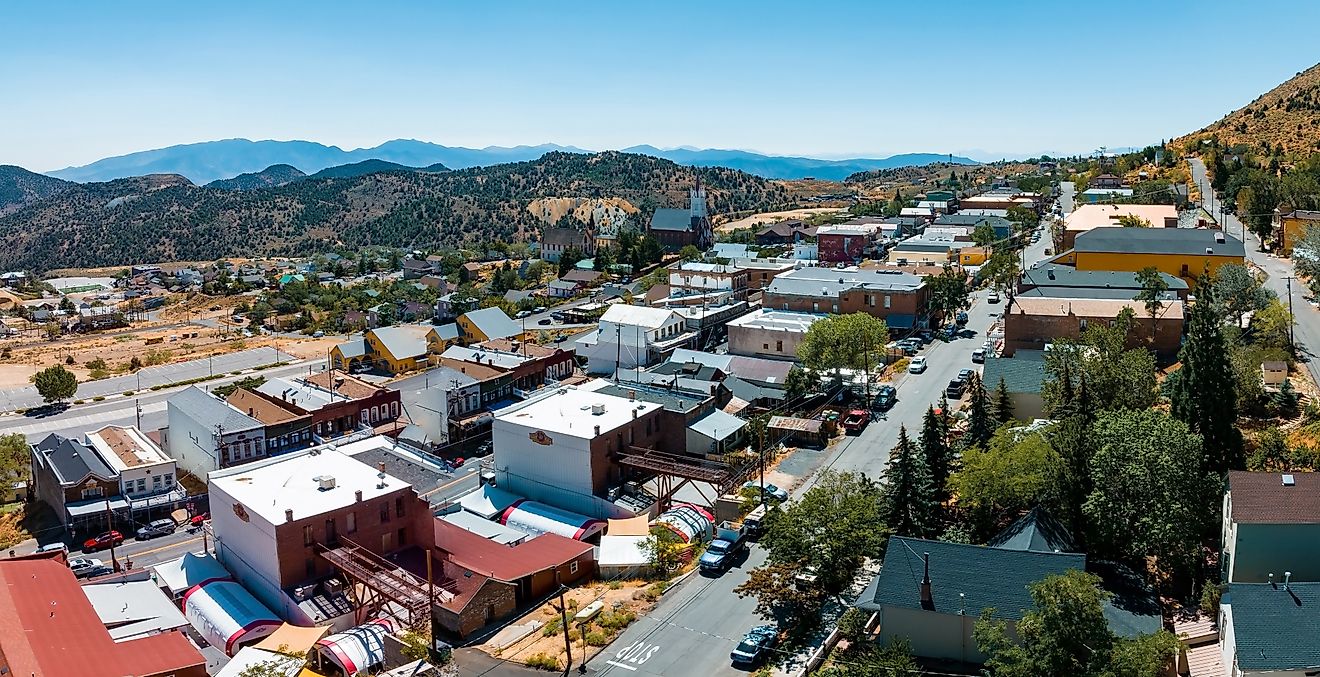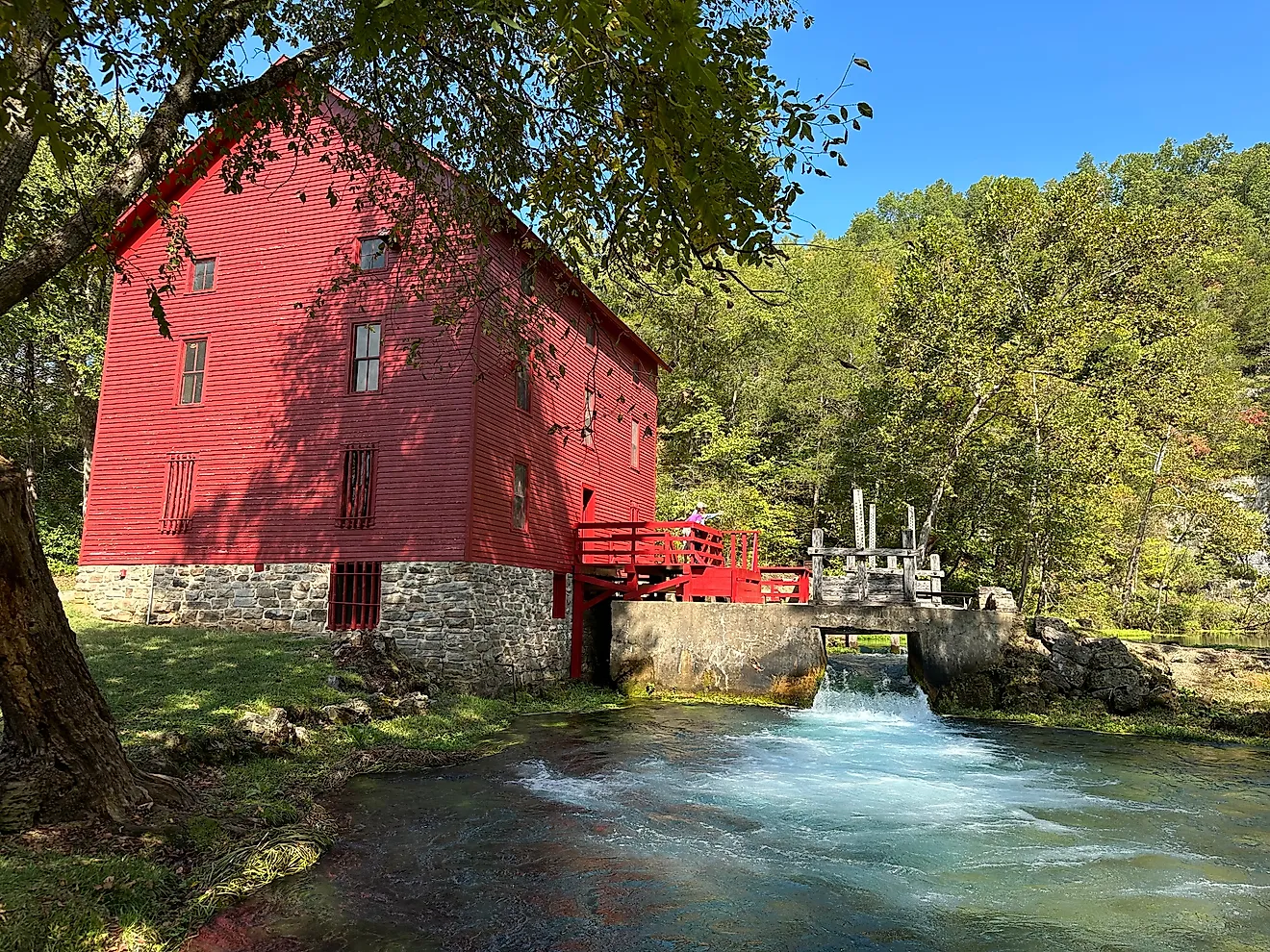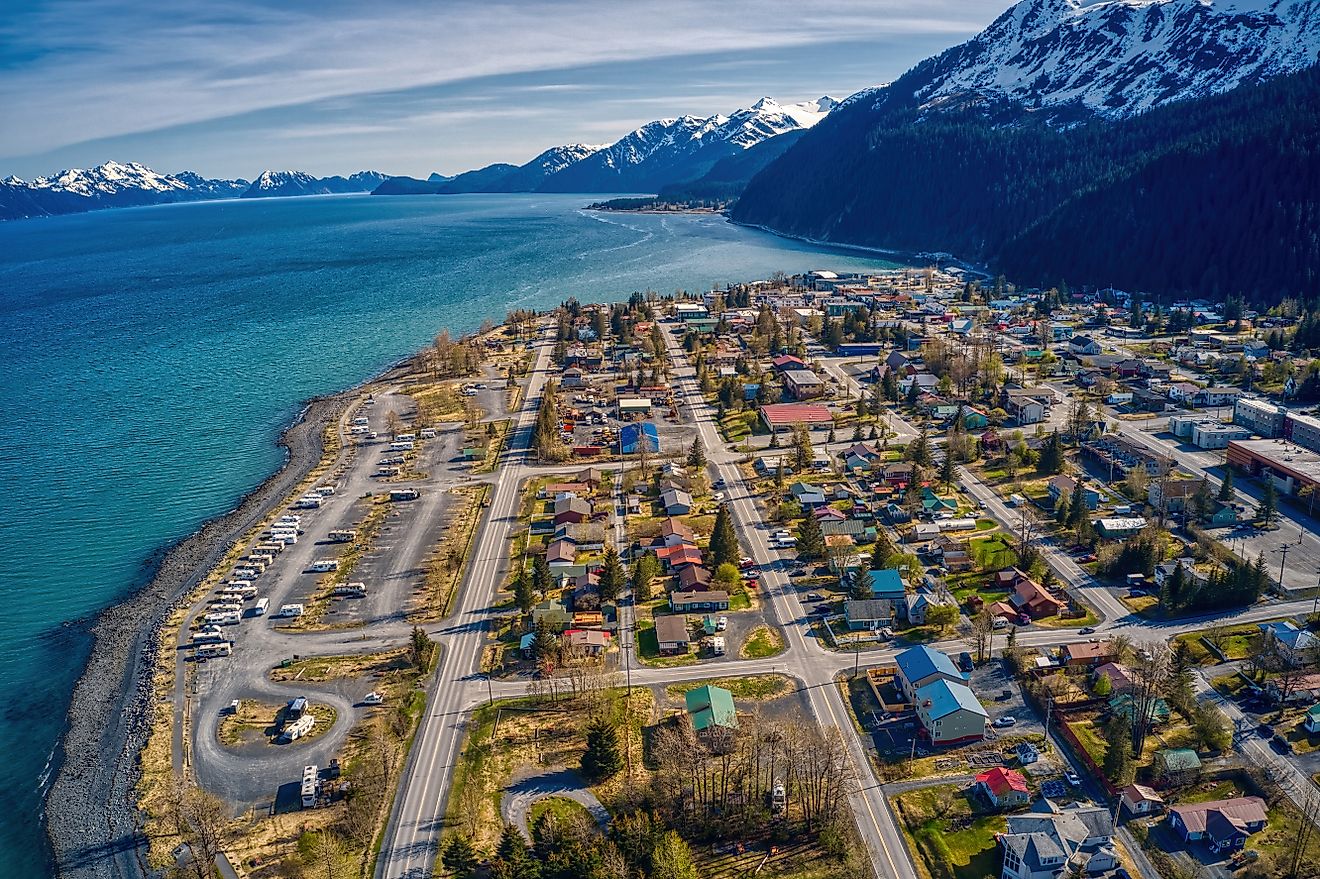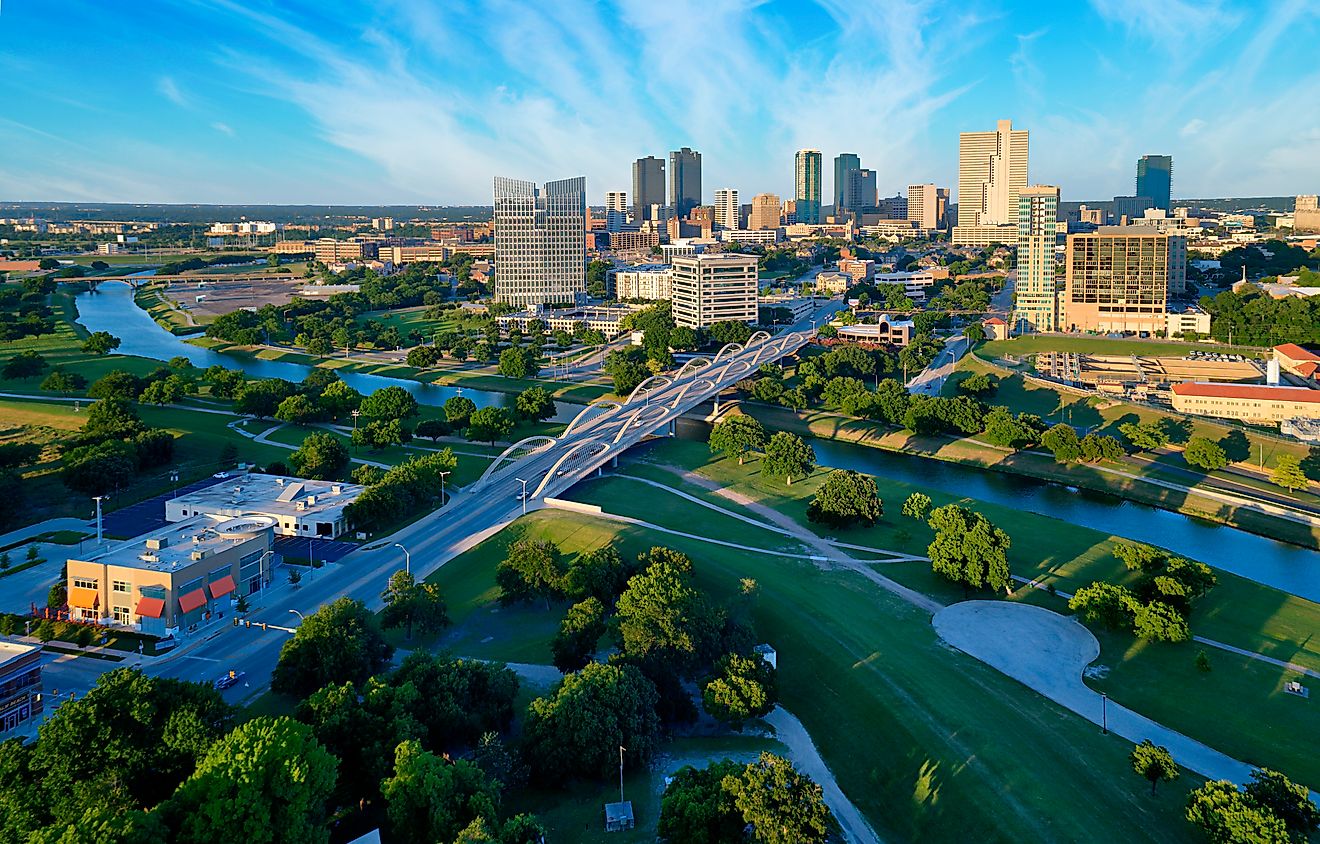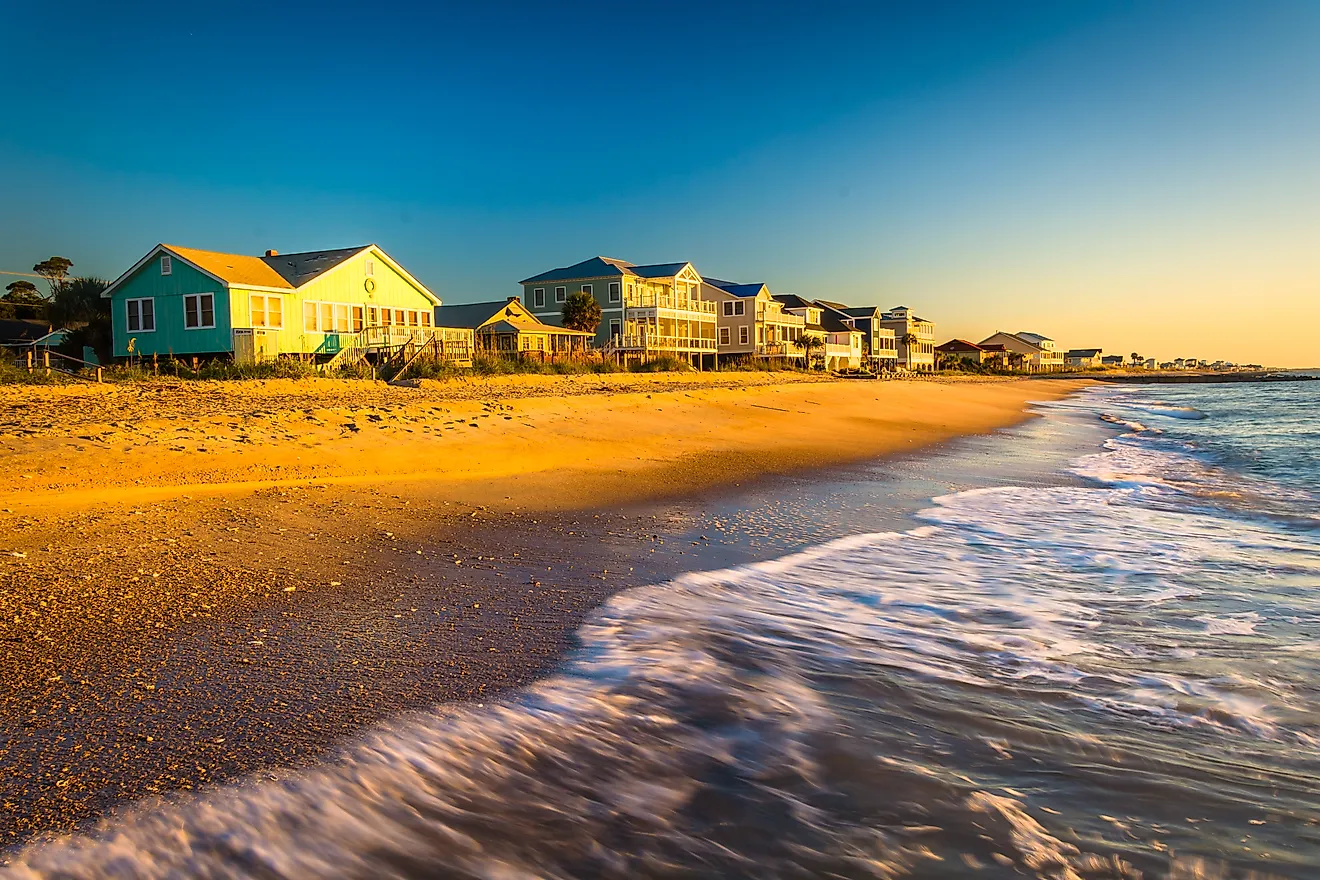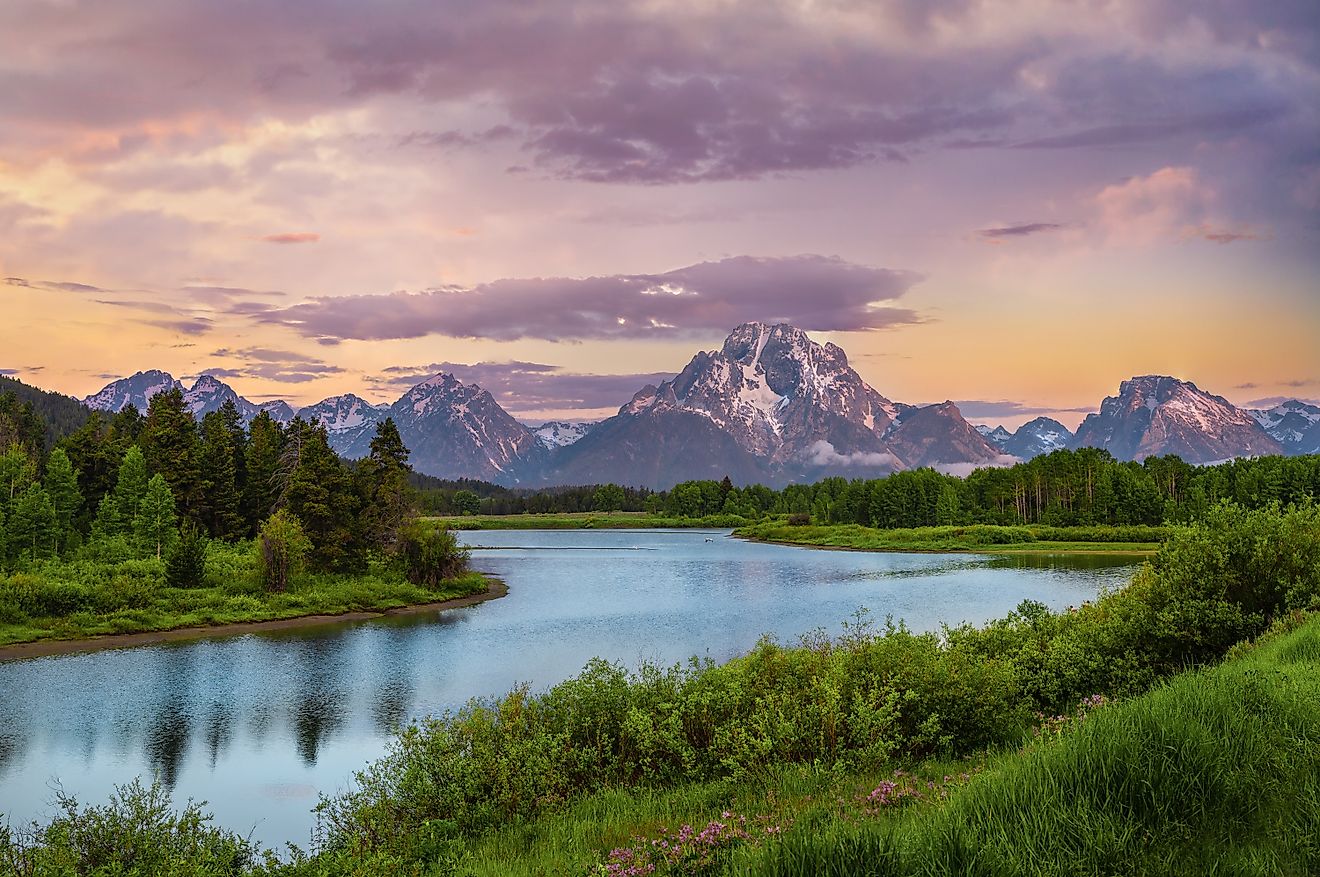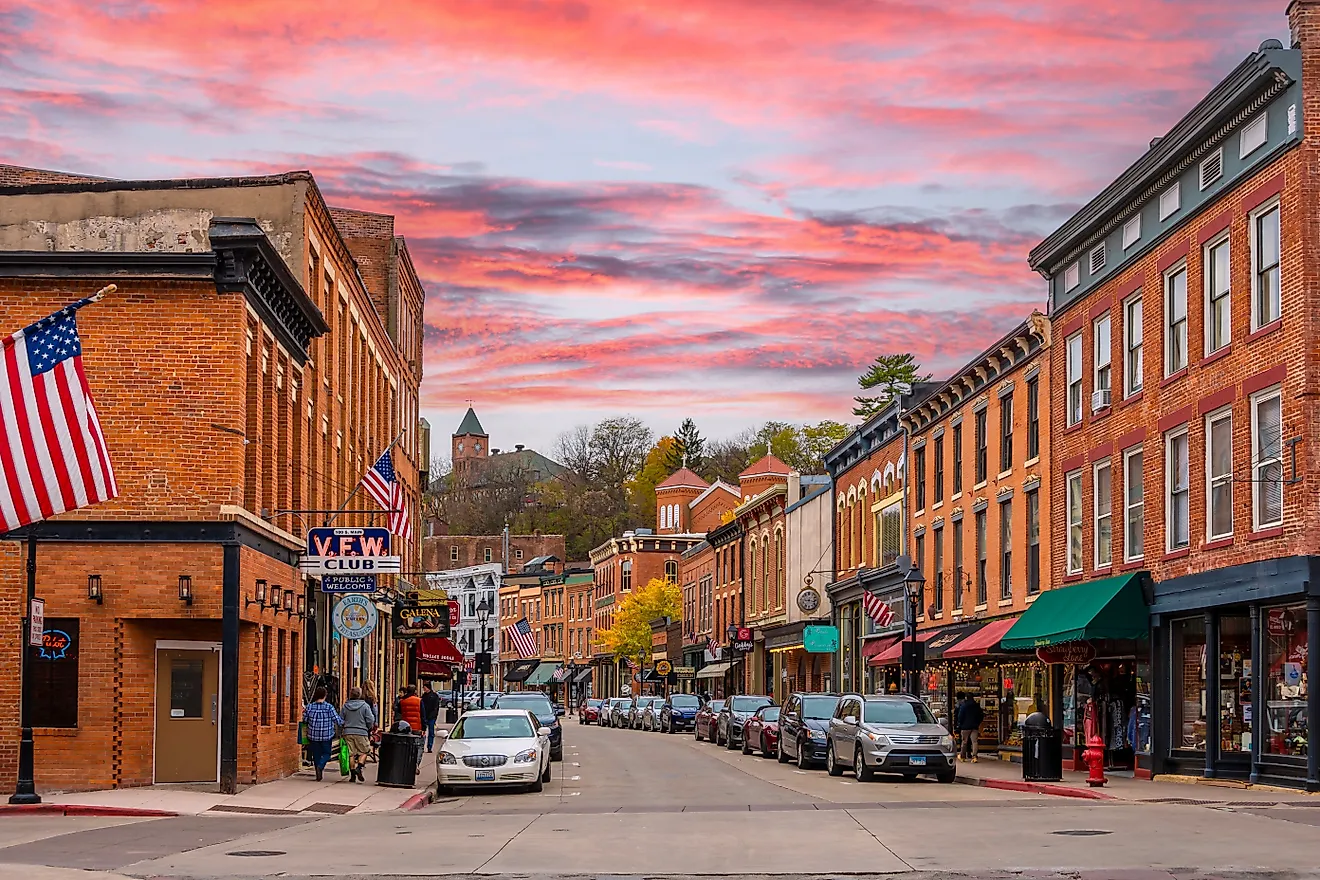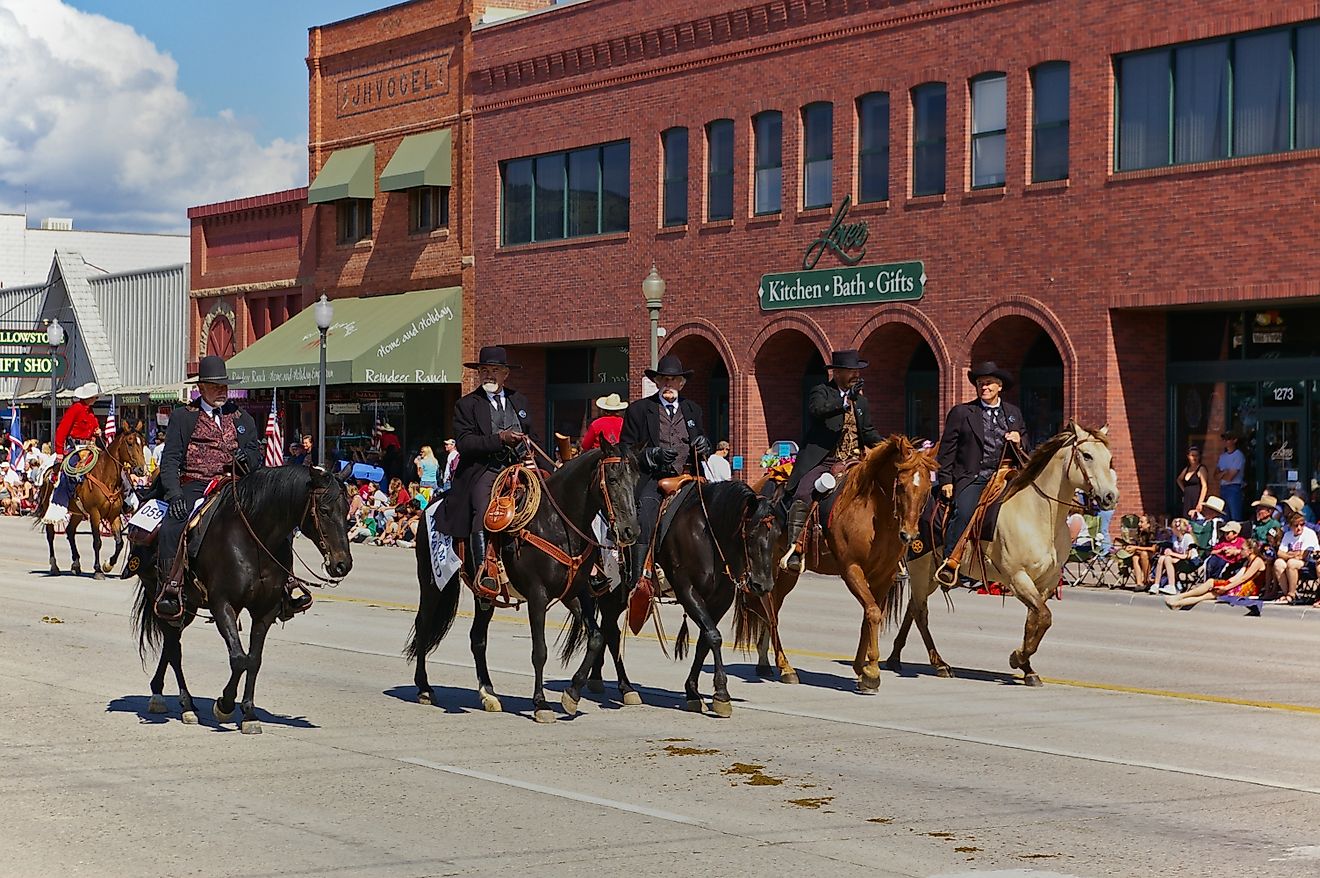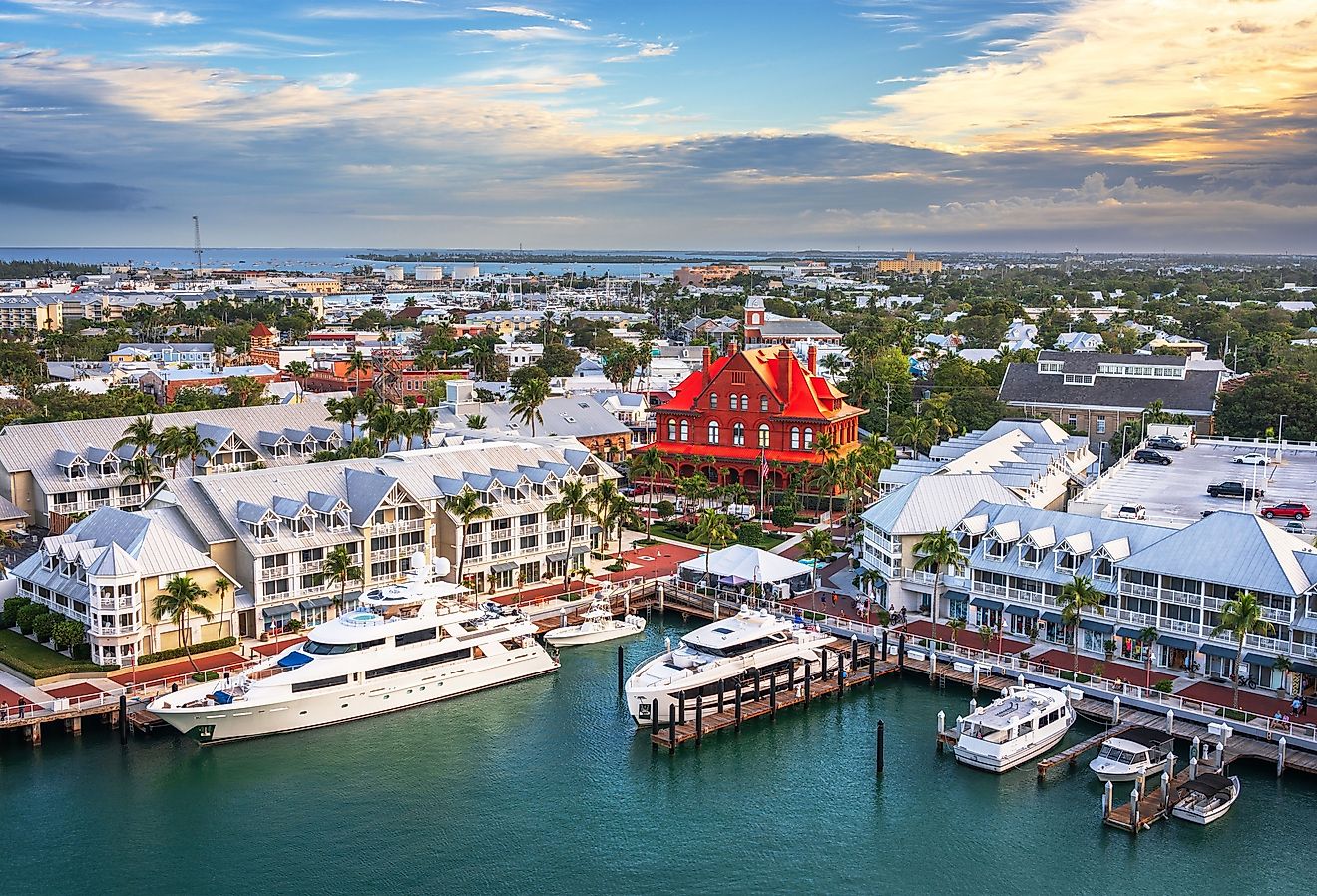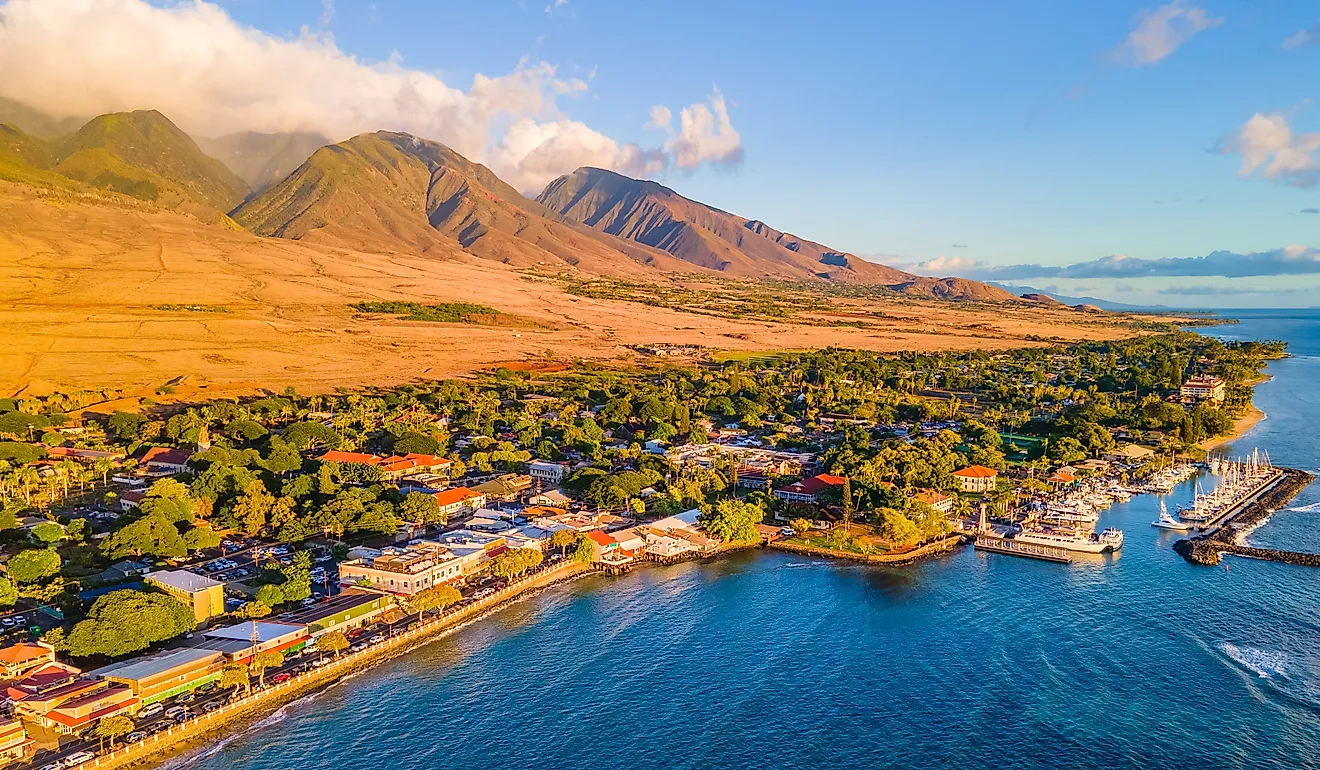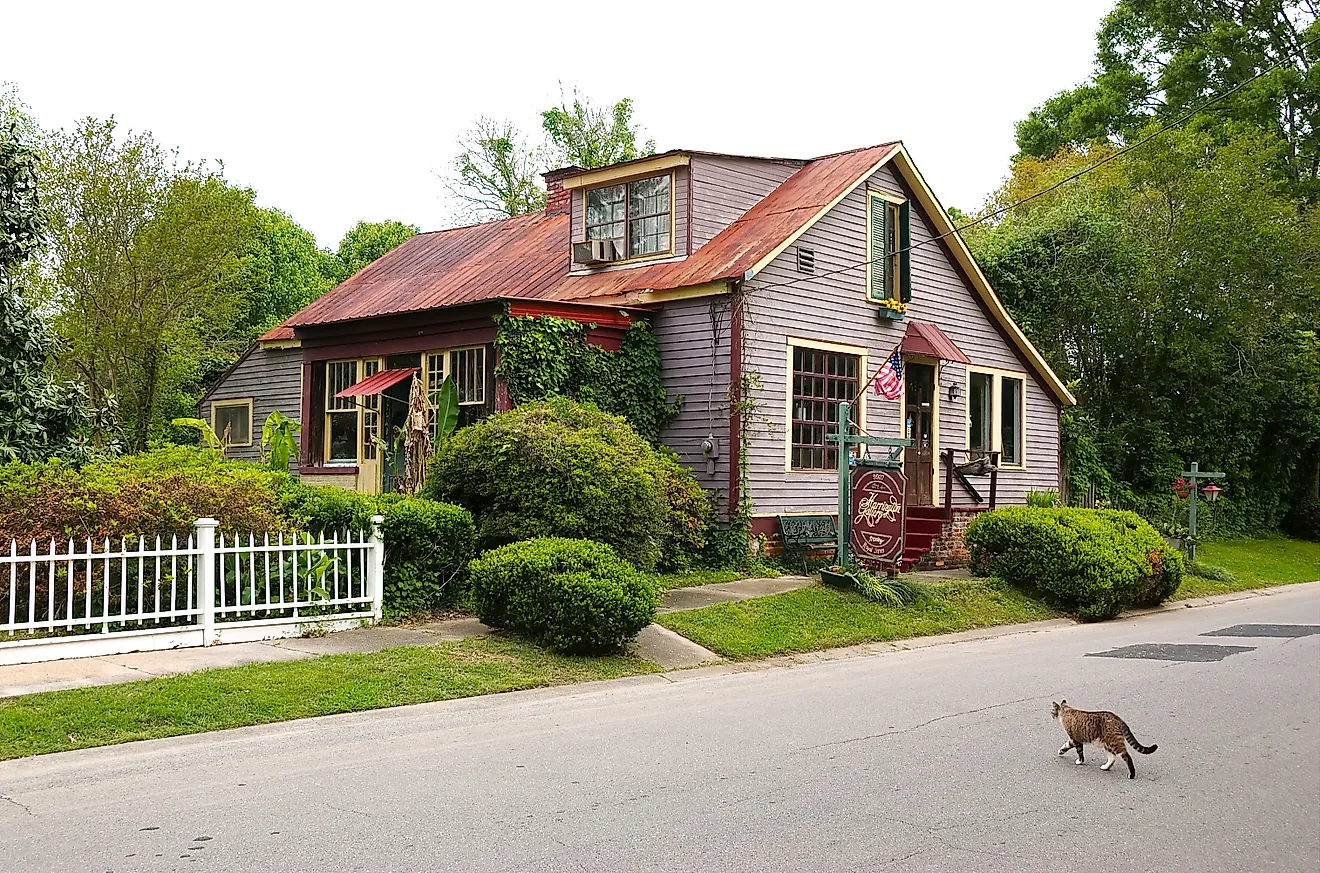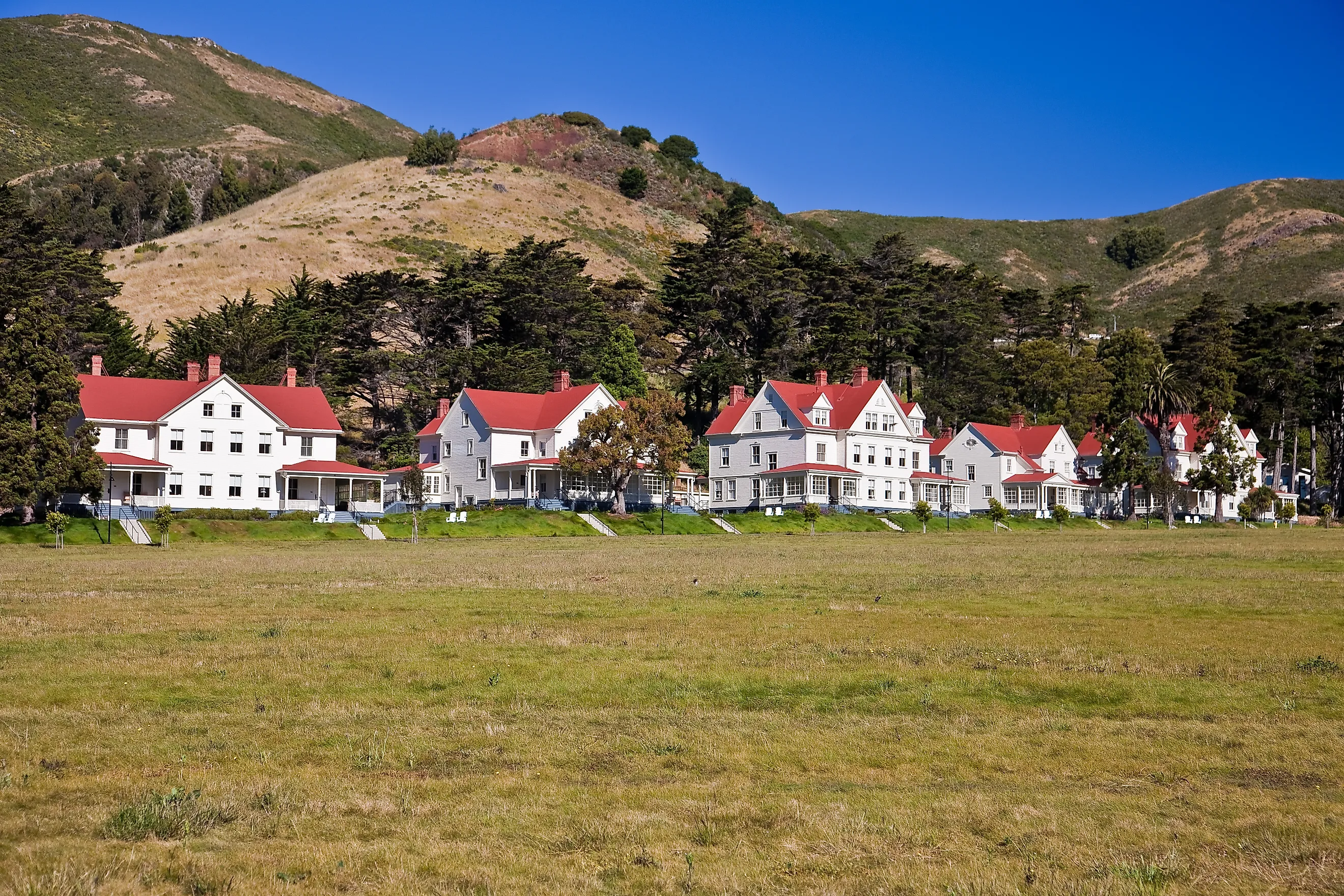
8 Must-See Historic Forts In California
The state of California is known for its association with the music and film industries, but before these relatively new opportunities, California was also a contested area of world powers, first Spain, Britain, and later the United States and Mexico, at the time of its colonization.
Before Europeans came to the land, several native peoples lived there. From the Tolowa, Shasta, and Wiyot tribes of Northwest California, to the Yana in Central California, to the Serrano and Chumash of Southern California, all these peoples roamed the state. Gold and resources were a big reason for Europe's and later the United States's conquest of the land. As they came in, forts were erected in this vast land as military defense against each other and centers for trade.
These eight forts are examples of what was left behind in California as it grew into what it is today. While the land will never quite be the same, these forts have been preserved to show a California that is as amazing as the movies.
Fort Ross
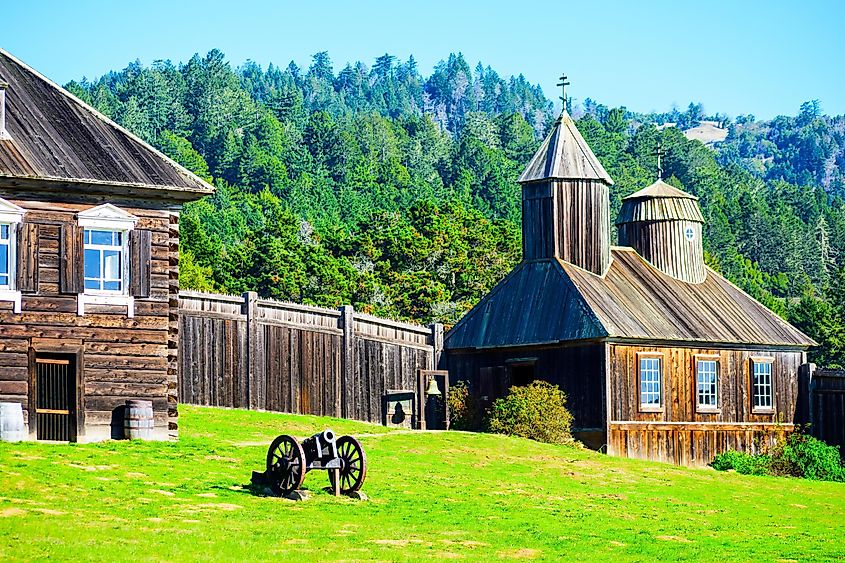
Fort Ross is a Russian fort, built in 1812 on the Sonoma Pacific Coast with the help of native workers, and was never tested by military assault. One of the oldest forts in the state, it was a multi-ethnic base for the Russian-American Company commissioned by Russian Emperor Paul I. This fort is the southernmost Russian colonization in the Americas.
Comprised of Russians, Native Alaskan workers — who lived outside the fort's gate and hunted valuable sea otter pelts — the existing native people, the Kashaya Pomo, as well as the children of Native American women and Russians, called Creoles, the fort was a source for trade for the Russian colonists.
The entire fort was constructed with redwood and the site is now open for picknickers, campers, fishers and trail walkers. Each July the Fort Ross Festival is also held and school groups may participate in "living history" tours as well as learn about local marine biology.
Fort Point
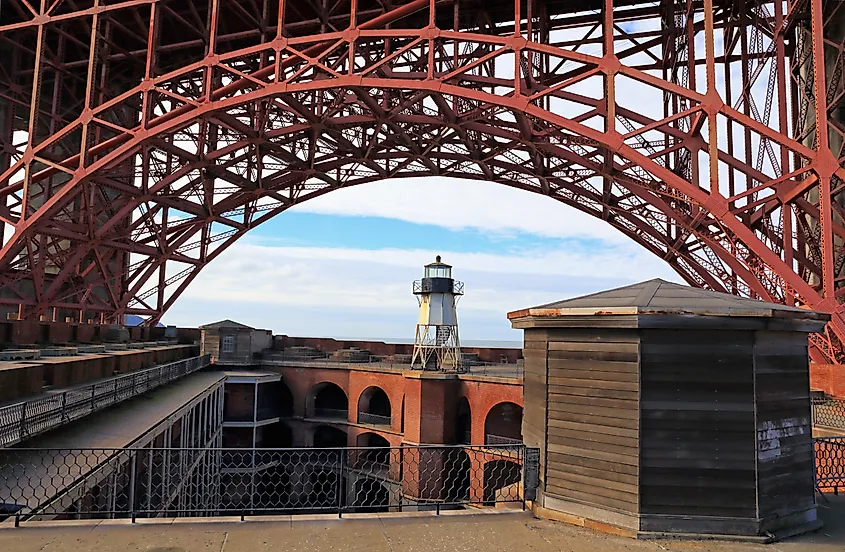
Originally built during the California Gold Rush in 1853, Fort Point was also reutilized during the American Civil War to deter a seaward attack from the Confederacy and during World War II, when it protected San Francisco from submarines that never appeared. In 1958, Alfred Hitchcock featured the fort in his film, "Vertigo."
Fort Point is now a museum featuring exhibits that chronicle the history of its uses and impact on the area. As the military defense for San Francisco Bay, it was built in a style of masonry adopted by the Army in the 1820s, and is the only fort built this way west of the Mississippi River.
Because of its architectural value, the Golden Gate Bridge was built to accommodate the fort. The bridge's design changed to create a specific arch where the fort could stand. In the 1950s, there was much support to preserve Fort Point as a historical building, and in 1970, the site became a National Historic Site. It is currently open to the public.
Fort Ord
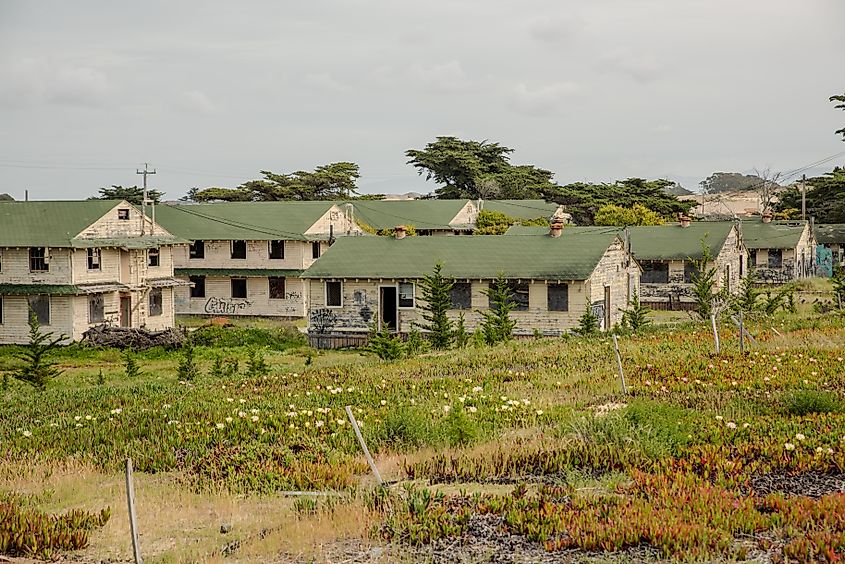
The place Clint Eastwood was sent for training, Fort Ord, has been in use since 1917 as a training facility where army personnel were made ready for World War I, World War II, the Korean War, and the Vietnam War. In total, about 1.5 million soldiers were trained in this military installation.
Today, many features of the former fort are open to the public, including the former Gigling Reservation, a 16,000-acre artillery impact training area built in 1917. Visitors are encouraged to hike, jog, bike, and horseback ride in and around the fort's original footprint.
The area is also rich with Native American history. Costanoan Indians once hunted and gathered in the area. Today, the tribe is still active and uses the area for traditional activities.
Sutter's Fort State Historic Park
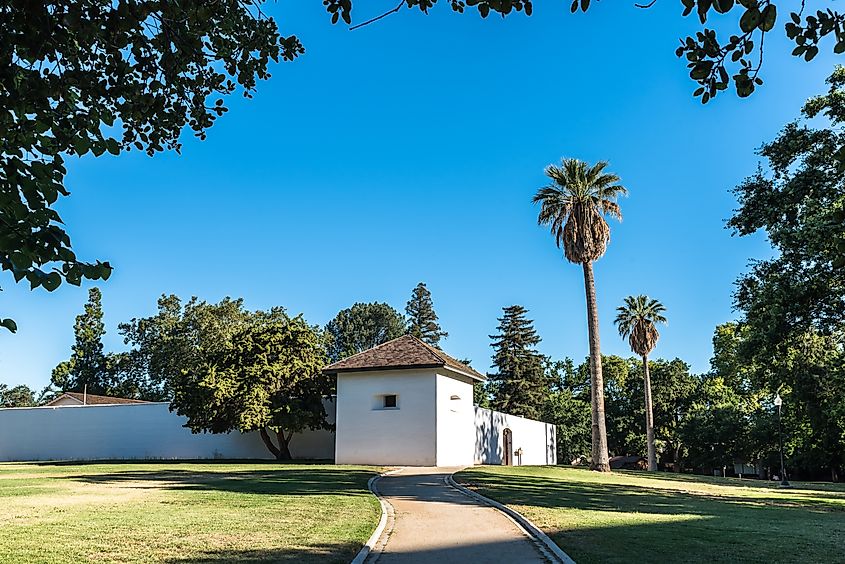
An entirely different fort is Sutter's Fort, built by Swiss immigrant John Sutter, with the forced labor of Natives, in an attempt to create a utopia in California prior to the California Gold Rush in 1848. The discovery of gold by the Sacramento and American Rivers ended Sutter's "kingdom of New Helvetia," but before the chaos of those years, it was one of the first European settlements in the California Central Valley and was a center for commerce.
Today, self-guided tours are offered in midtown Sacramento, where the restored adobe fort stands to this day.
Fort Tejon
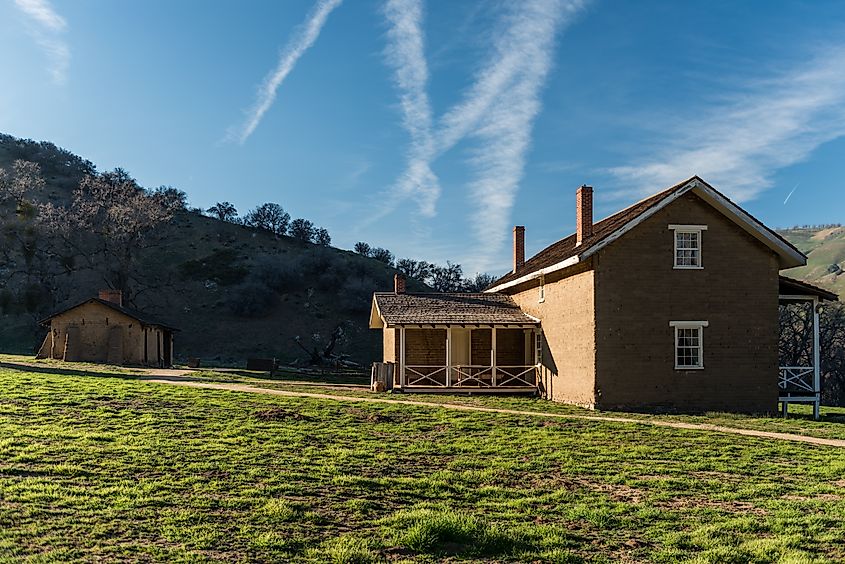
This fort located in the Great Central California Valley was situated to control and protect Californian Native Americans and white settlers living in and around the Sebastian Indian Reservation. While it was constructed where ample water and food existed in 1854, it was gone by 1864.
Briefly shut down in 1861 so its soldiers could quell successionist activities in Los Angeles, it was again reoccupied after the Owens Valley Paiute War, resulting in the forced march of hundreds of Paiute Native Americans off their ancestral grounds in Owens Valley into reservations. Over 300 were marched to Fort Tejon.
However, in 1864, Fort Tejon was abandoned because troops were needed on the eastern side of the continent to fight the Civil War.
Fort Humboldt
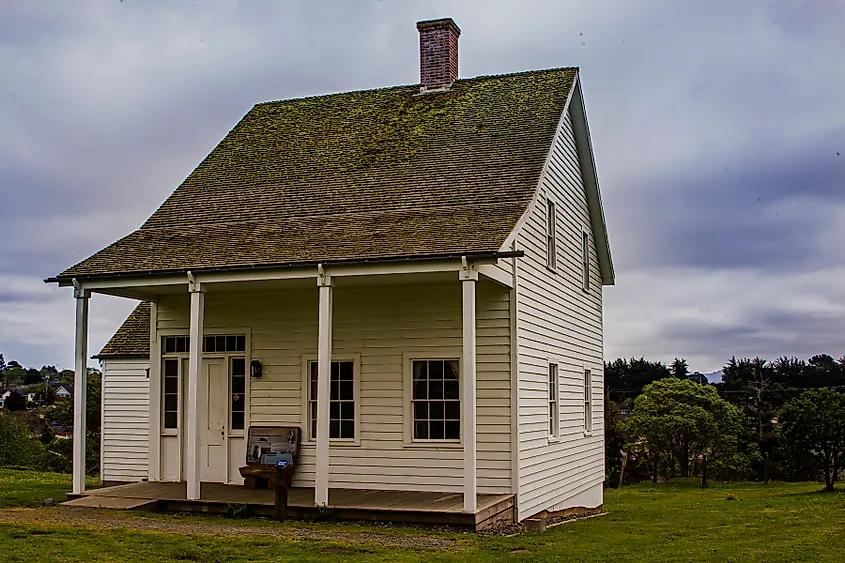
Overlooking Humboldt Bay, this historic fort was constructed in 1853. However by 1870, the fort was largely abandoned and all but one of the 14 structures built there have fallen and today only the hospital survives with ajacent herb and flower garden of authentic time period plants.
Despite its deteriation, the public is invited to take part in educating themselves on the history of this military installment, and that of the Wiyot Tribe which holds this area as its ancestral land.
Another reason to visit Fort Humboldt for history buffs is that it was the home of Ulysses S. Grant. He was stationed there after his service in the Mexican-American War before returning east to fight in the U.S. Civil War as a general, eventually becoming the president of the United States. This historic fort is only open for daytime activities, but boats trails and exhibits, along with ADA restrooms for the interested visitor.
Fort McDowell
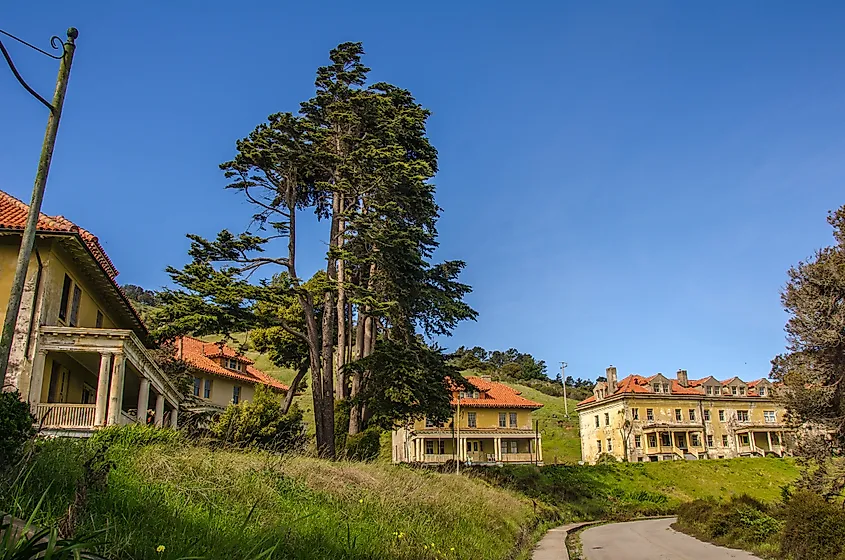
The name having changed from Fort Reynold to one that honored General Irvin McDowell of the Mexican-American War and U.S. Civil War, Fort McDowell became a processing point for soldiers coming home from the Philippines, and home to those soldiers who were infected with contagious disease in 1900.
By 1905, 87,000 soldiers were processed through the fort. Later in its history, between 1910 and 1940, Fort McDowell also neighbored immigrant facilities on Angel Island, the island in San Francisco Bay where it is located.
During World War II, Fort McDowell served as a detention camp for prisoners of war, holding enemy soldiers from Germany and Japan. Today, open to the public, the main access point to Fort McDowell and Angel Island is by ferry.
Fort Baker
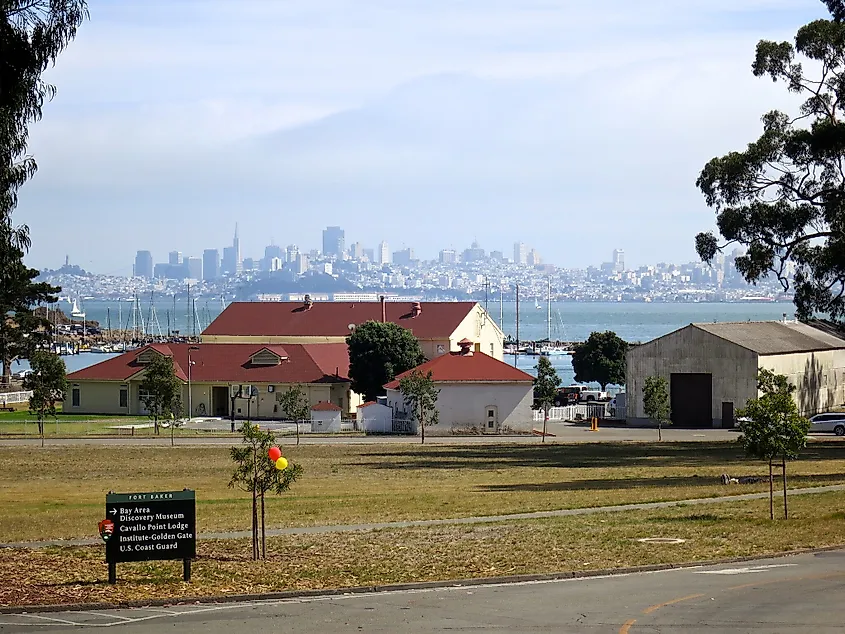
Fort Baker, consisting of over 25 old Army buildings, is a 335-acre base where tourists can see the Golden Gate Bridge, just south of its position. Built between 1902 and 1910, it was part of the Army's effort to update its fort construction between the U.S. Civil War and World War I.
Fort Baker has an interesting history. It was also designed to improve the lives of military personnel, with hopes of better recruitment. The 12-bed hospital also has a gymnasium, a reading room, and a bowling alley. Visitors can visit the main parade yard, a sheltered harbor, historic gun emplacements, forests, and trails.
A Glimpse into California’s Fortified Past
What is left behind reflects the gains of one people and the losses of the other. Throughout the conquest of the American West, numerous countries shored up their gains by building forts and, therefore, civilization in a wilderness far from home.
While many of these forts have fallen, they are preserved as they once were through the ingenuity of the people who live today. By seeing these structures, or even just the grounds where they once stood, we can see what the land must have looked like in those early pioneer days.
California may now be about movie stars and awards, but it was not always that way. For a look back, be sure to make these forts a priority on a visit to the wild west.
